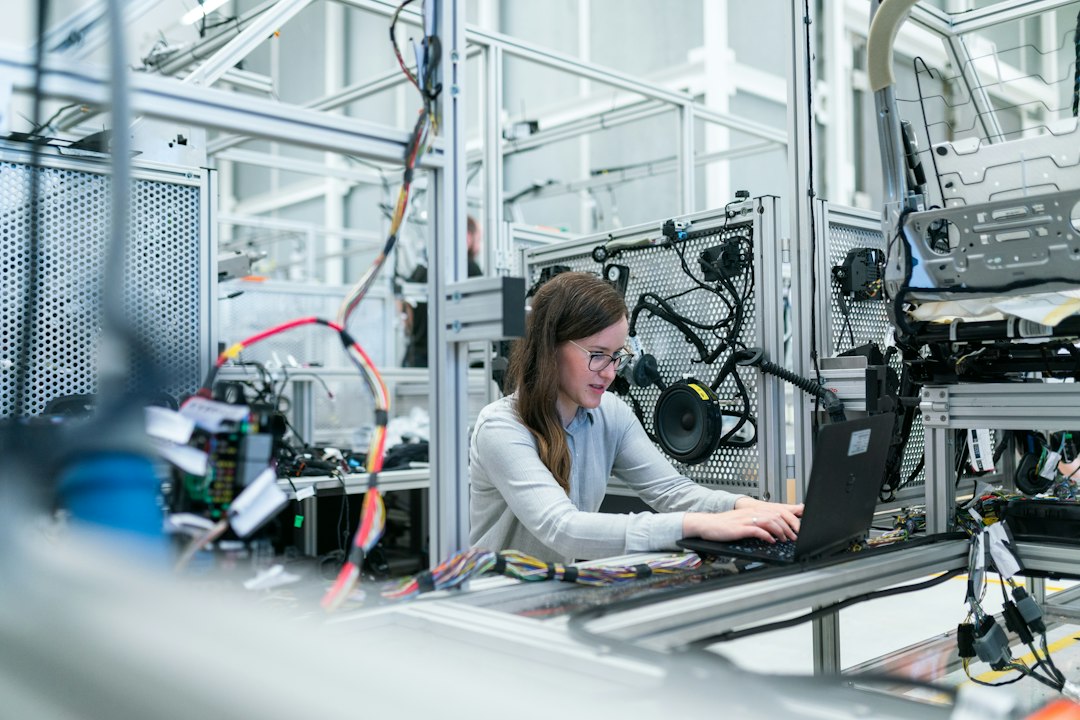3D printing, also known as additive manufacturing, has rapidly emerged as a game-changing technology in the manufacturing industry. With its ability to create complex and customized objects layer by layer, 3D printing has started to disrupt traditional manufacturing processes in various sectors. This innovative technology has impacted every stage of traditional manufacturing, from design and prototyping to production and distribution.
One of the most significant impacts of 3D printing on traditional manufacturing is its effect on design and prototyping. In the past, designers had to rely on computer-aided design (CAD) software to create virtual models of their products before moving on to expensive and time-consuming prototyping. With 3D printing, designers can now directly convert their digital designs into physical objects, allowing for rapid prototyping and iteration. This eliminates the need for costly tooling and significantly speeds up the product development cycle.
Furthermore, 3D printing has revolutionized the production phase of traditional manufacturing. Traditional manufacturing processes, such as injection molding and subtractive manufacturing, often involve high upfront costs and are only economical for large production runs. 3D printing, on the other hand, enables the production of objects one layer at a time, eliminating the need for costly molds or cutting tools. This opens up new possibilities for small-scale production, customization, and on-demand manufacturing. Companies can now produce products in small batches or even create personalized products tailored to individual customer needs.
Another area where 3D printing has made a significant impact is supply chain and distribution. Traditionally, manufacturers would produce their goods in a few centralized locations and then distribute them globally. This resulted in long lead times, increased transportation costs, and excess inventory. However, 3D printing allows for decentralized manufacturing, where products can be manufactured on-demand and closer to the end consumer. This reduces transportation costs, eliminates excess inventory, and shortens lead times. Moreover, spare parts can now be 3D printed on-site, eliminating the need for large warehouses or expensive logistics.
However, while 3D printing has the potential to disrupt traditional manufacturing, it is important to note that it is not a replacement for all manufacturing processes. There are still limitations to 3D printing, such as material selection and printing speed, that make it unsuitable for certain applications. Additionally, traditional manufacturing processes will continue to play a crucial role in large-scale production and industries that require high volumes of standardized products.
In conclusion, the impact of 3D printing on traditional manufacturing has been significant and far-reaching. From design and prototyping to production and distribution, it has disrupted traditional manufacturing processes, offering greater flexibility, customization, and cost-effectiveness. While there are limitations to 3D printing, it is undoubtedly an exciting technology that is reshaping the manufacturing landscape and offering new opportunities for innovation and growth.

